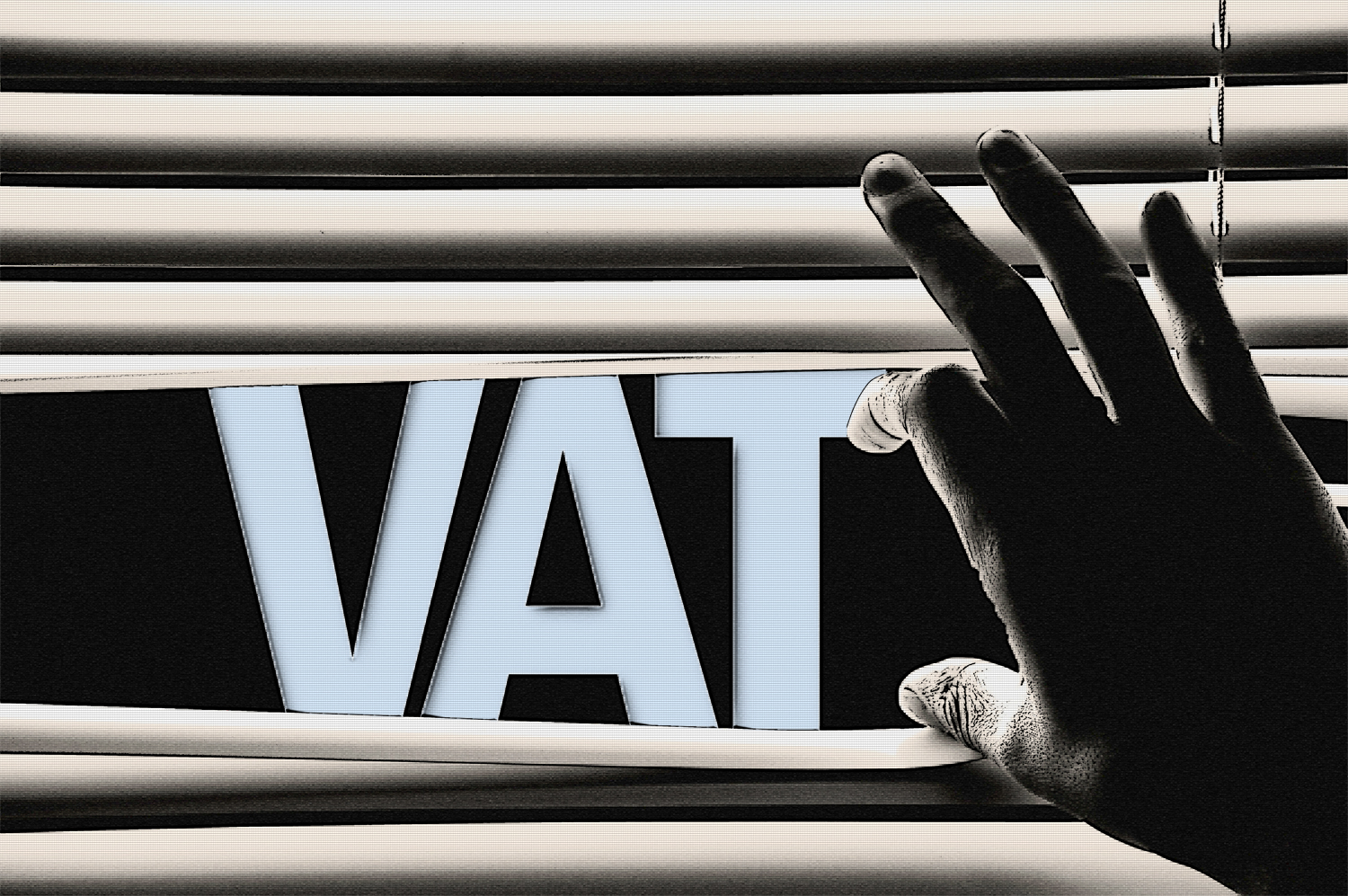Household Bills
BUDGET 2017: VAT threshold remains on hold, but under review

Chancellor Philip Hammond kept the VAT threshold on hold at £85,000, but plans to consult on whether it should change to better incentivise small business growth.
Hammond said that a recent report by the Office for Tax Simplification showed that the current limit – the highest in the OECD – distorts competition and disincentivises business growth.
The report said: “At £85,000, the UK has the highest VAT threshold in the EU, where the average is £20,000, and the highest general threshold in the OECD. The data and anecdotal evidence considered in this review clearly shows that the threshold distorts behaviour by creating a significant cliff-edge, resulting in a bunching effect just below the £85,000 turnover level, rather than the smoother pattern one would otherwise expect.
“The threshold is therefore presenting a significant disincentive to maximising the potential growth of some businesses.”
VAT is the third largest source of tax revenue collected by HMRC, after income tax and National Insurance Contributions. £120bn of VAT was collected in 2016/17, which was 22.5% of all taxes.
The VAT system is largely prescribed by European Union rules, so is unlikely to change significantly until Britain leaves the EU.
Hammond said: “Such a high threshold also has the benefit of keeping the majority of small businesses out of VAT altogether. So I am not minded to reduce the threshold. But I will consult on whether its design could better incentivise growth. And in the meantime we will maintain it at its current level of £85,000 for the next two years.”